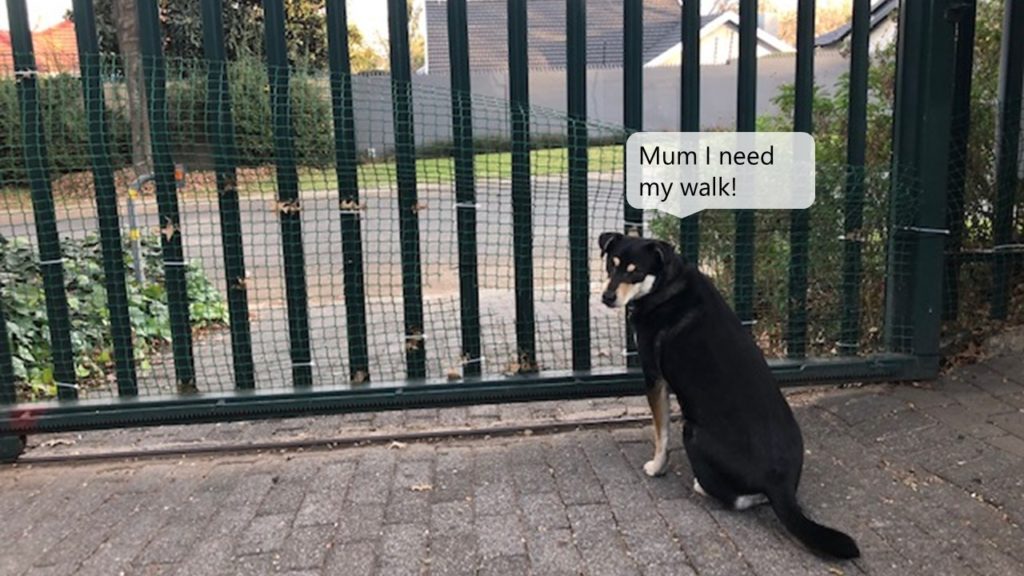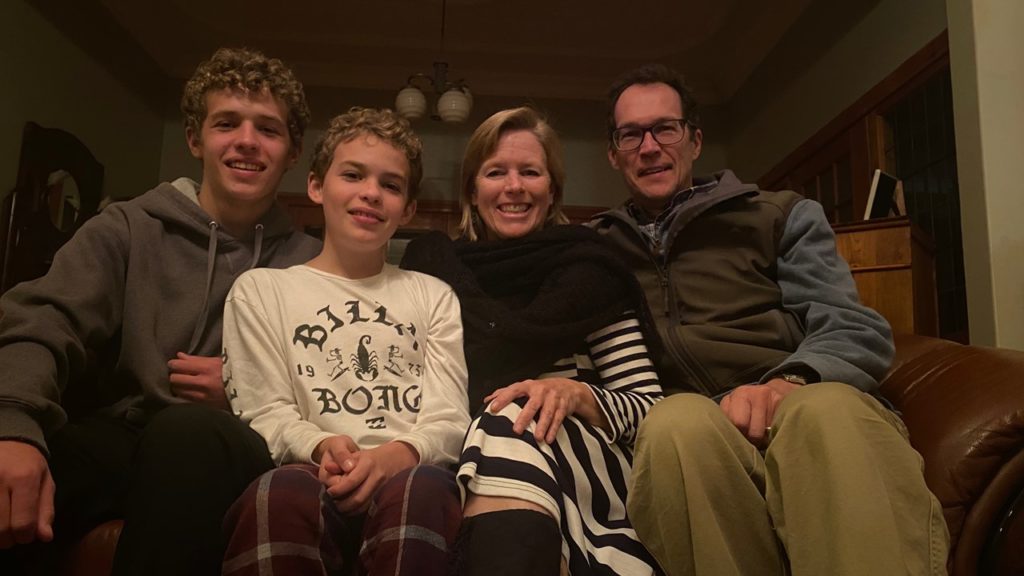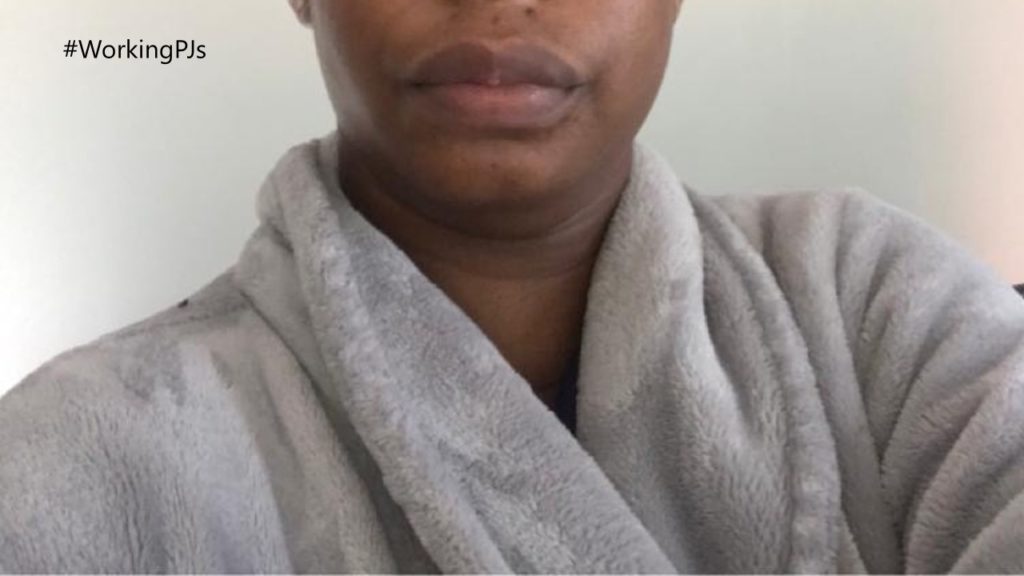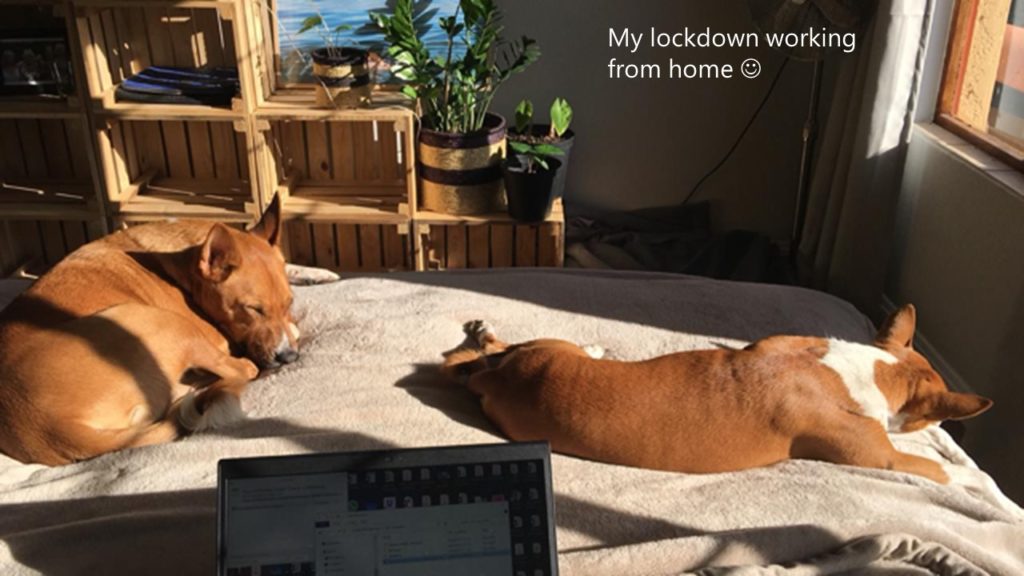We increasingly see our worlds in a virtual, visual, technology-enabled way. The onset of the Covid-19 pandemic intensifies this lens, as human interaction and real-world experience were cut down to what we see on an electronic screen. This new visual, virtual world has massive implications for evaluation.
Khulisa recently held a learning session to explore the use of visual methodologies in evaluation. This blog looks at three such methods: autophotography, photo elicitation and evaluation validation.
Context – the re-rise of a visual culture
The use of visuals as a form of communication is an ancient practice. Visual anthropologists have long studied how cultures have depicted their worlds through visuals. The ancient rock art of the San, preserved in caves across Southern Africa comes to mind, so does the Nazca geoglyphs – mythical lines etched across the desert sands of Peru.
Today, most of these sites have been marked as sacred spaces of heritage – a glance into the history of visual communication, and clues for historians and anthropologists to study how ancient civilisations passed messages between each other, and how they viewed their worlds.

Then comes the Age of Enlightenment, and the written word is pushed to the fore. With the invention of the printing press in 1440, Gutenberg makes books, once safeguarded for the elite, accessible to the public. The skill to read and write and people’s ability to express themselves through text becomes popularised and aspirational.
Fast forward 500 years, and contemporary society sees a comeback in the use of visuals to communicate and understand the world. A few milestones mark this return: the birth of the camera, the rise of commercial advertising, the internet and social media. In fact, academics such as Klaus Hentschel study closely the intersection between technology and visual culture[1].
Undoubtedly, our world has become more visual – but how do we apply this in an evaluation context?
Visual methodologies in evaluation
A notable scholar in the field is Prof Gillian Rose, arguing that one of the most striking developments across the social sciences in the past decade, has been the growth of research methods using visual materials.
According to Glaw, Inder and Kable (2017) visual methodologies are a collection of methods used to understand and interpret images.

The use of visual methodologies in research is not a new concept. Anthropologists and sociologists have used this method for decades, but with new technology evaluators can now make use of visual methodologies such as autophotography, photo elicitation and evaluation validation, far more easily.
The use of visuals in collecting data can be used as the only method of data collection, or in conjunction with other data collection methods. It can be used as a preferred method, or as a substitute, when it is not possible to do face-to-face interviews, focus groups or conduct in-field observations.
For example, during the Covid-19 pandemic, evaluators can use this approach to collect data remotely by participants sending photos and videos, which the evaluator can then describe and analyse. If participants have access to the internet or paper (even the back of a cereal box works), one can use Google Jamboards, or ask individuals to draw pictures of their community, maps, diagrams, self-portraits, or even build an image using recycled material to represent experiences, perceptions or events.
During the pandemic, evaluators had to revert quickly to virtual methods by using video platforms such as Zoom and Microsoft Teams to conduct in-depth key informant interviews. When analysing these interviews, permitted that consent is obtained, the interviews become visual evidence that provide far more context into body language and setting than a standard voice-to-text transcription of a face-to-face interview.
Let’s look at the three methods using photographs in more detail.
1. Autophotography – “my lockdown in pictures”
Autophotography is asking participants to take photographs of their environment and then using the photographs as actual data. It captures the world through the participant’s eyes with subsequent knowledge production (Glaw, Inder, Kable & Hazelton, 2017).
Khulisa used this method during our learning session on visual methodologies.
We asked staff to send in pictures of their lockdown environment and then used the photos to interpret how people were feeling about this new way of life, and discuss our feelings through each participant’s eyes and context. From family photos, to baking displays, pyjama selfies, active excursions and bonding time with pets – we all saw – and experienced – our lockdowns differently.
If we had simply shared our stories by talking about them, the result would not have been as relatable and engaging. We would also have had less of a common understanding about each staff member’s context and feelings, social interactions and special differences, and ‘sensory richness and human inhabitation’ (Rose, 2016).
This blog on parCitypatory.org further provides insights into how autophotography can be used in a problem-solution community setting. The handing over of the camera to members of the community can become symbolic for the handing over of power.
2. Photo elicitation
“Photo elicitation is using photographs or other visual mediums in an interview to generate verbal discussion to create data and knowledge. Different layers of meaning can be discovered as this method evokes deep emotions, memories, and ideas. Photo elicitation interviews contribute to trustworthiness and rigor of the findings through member checking” (Glaw, Inder, Kable & Hazelton, 2017).
Photo elicitation is a technique that involves using photos, videos and other forms of visual representation in an interview, with informants asked to comment on the images.
The aim is to promote more direct involvement of the informants in the research process and to encourage and stimulate the collection of quantitatively and qualitatively information.
The use of photo elicitation helps evaluators to obtain more information from the participants who cannot express themselves verbally. Evaluators can take photos or videos of participants during an event or in a setting that is being evaluated, such as a classroom.
Khulisa conducted an evaluation using photographs of a similar site, environment and programme that was being evaluated. These were shared with participants in groups and they were asked evaluative questions to elicit their perceptions, experiences and judgements. The photos acted as prompts to elicit conversations using a neutral or unknown situations which participants could relate to and reflect on. The depth of insight and shared experience provided valuable evidence for the evaluation.
3. Evaluation validation
Lastly, valuation validation involves documenting the evidence of an event. This is more than taking the photo as evidence of a workshop or site visit. Validation can be about comparing sites of observation in before and after photos.
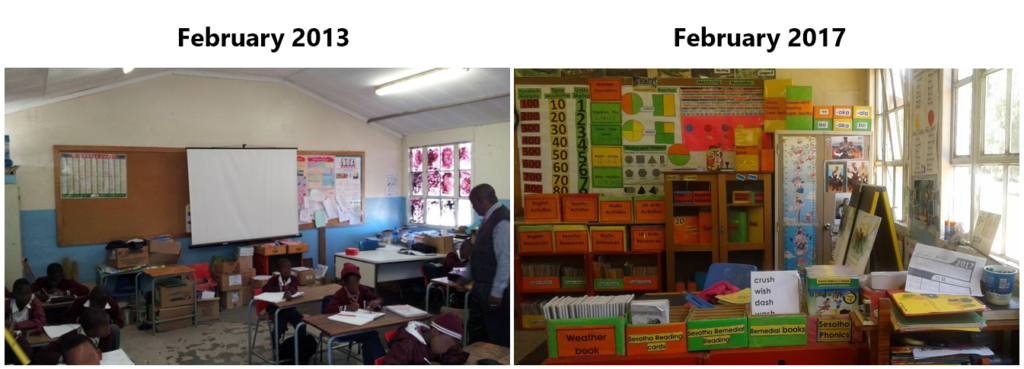
Figure 3 above shows photographs of how classrooms have transformed before and after an intervention – a typical classroom in 2013 and one in 2017 after the project. The photographs were captured as part of an evaluation conducted by Khulisa Management Services seeking to assess the improvement of the use of various learning materials in the classroom.
Khulisa has also often used this technique to validate classroom observation ratings, by asking the researcher to take a photograph of the observed school or classroom. The evaluators then compare the observers’ (the researchers) rating with the evaluation criteria, or across similar sites, to verify the value ratings.
In another evaluation on access to water and sanitation, fieldworkers were asked to take pictures of toilet facilities as evidence of the current situation and to then plot the facilities using GPS co-ordinates. This provided evidence and a baseline to determine change in access and quality of sanitation facilities.
Would you use visual methods in your evaluation?
We would like to hear about how you have used visual methods in your evaluations, or how you could use them. Please comment and share …
Remember, it is not about taking photos for the sake of the picture, it is about the social interpretation of the picture for valuing criteria and making evaluative judgements.
Some further reading & sources consulted for this blog:
- An informative, non-academic website documenting the history of visual communication
- Visual Cultures in Science and Technology – A Comparative History, a textbook by Klaus Hentschel on the intersection between technology and the rise of visual culture
- Gillian Rose’s handbook Visual Methodologies: An Introduction to Researching with Visual Materials (2016) – now in its fourth edition
- Visual Method Culture – A blog by Prof Gillian Rose
- A YouTube video in which Prof Rose gives a lecture on visual research methods
- An academic article by Xanthe Glaw, Kerry Inder, Ashley Kable and Michael Hazelton on Visual Methodologies in Qualitative Research: Autophotography and Photo Elicitation Applied to Mental Health Research
